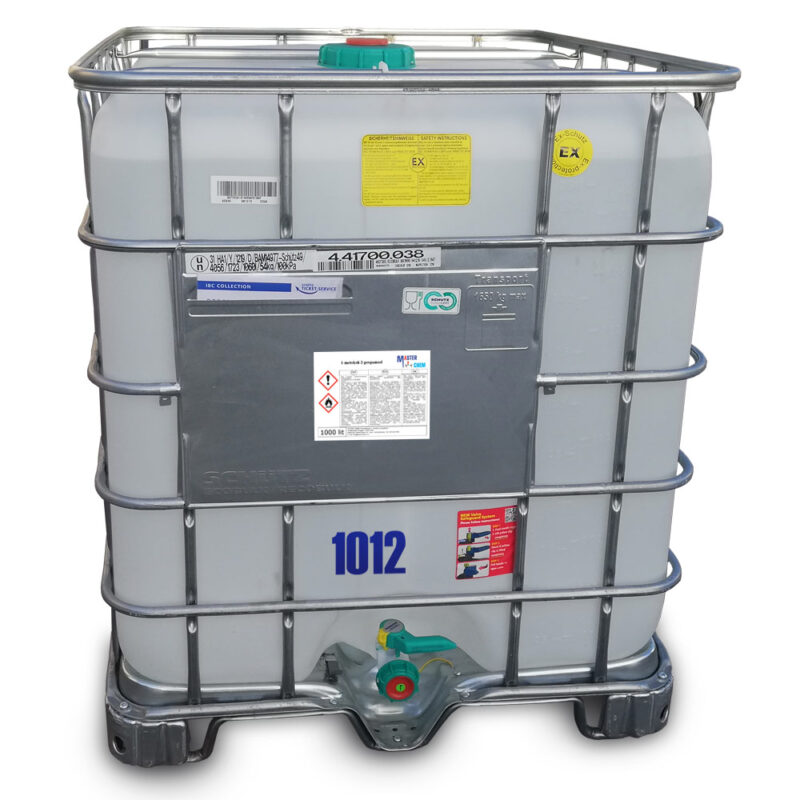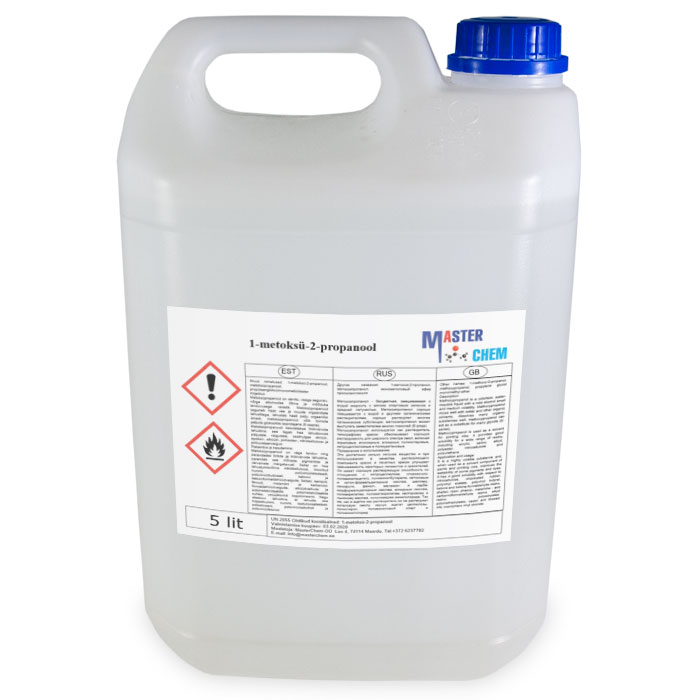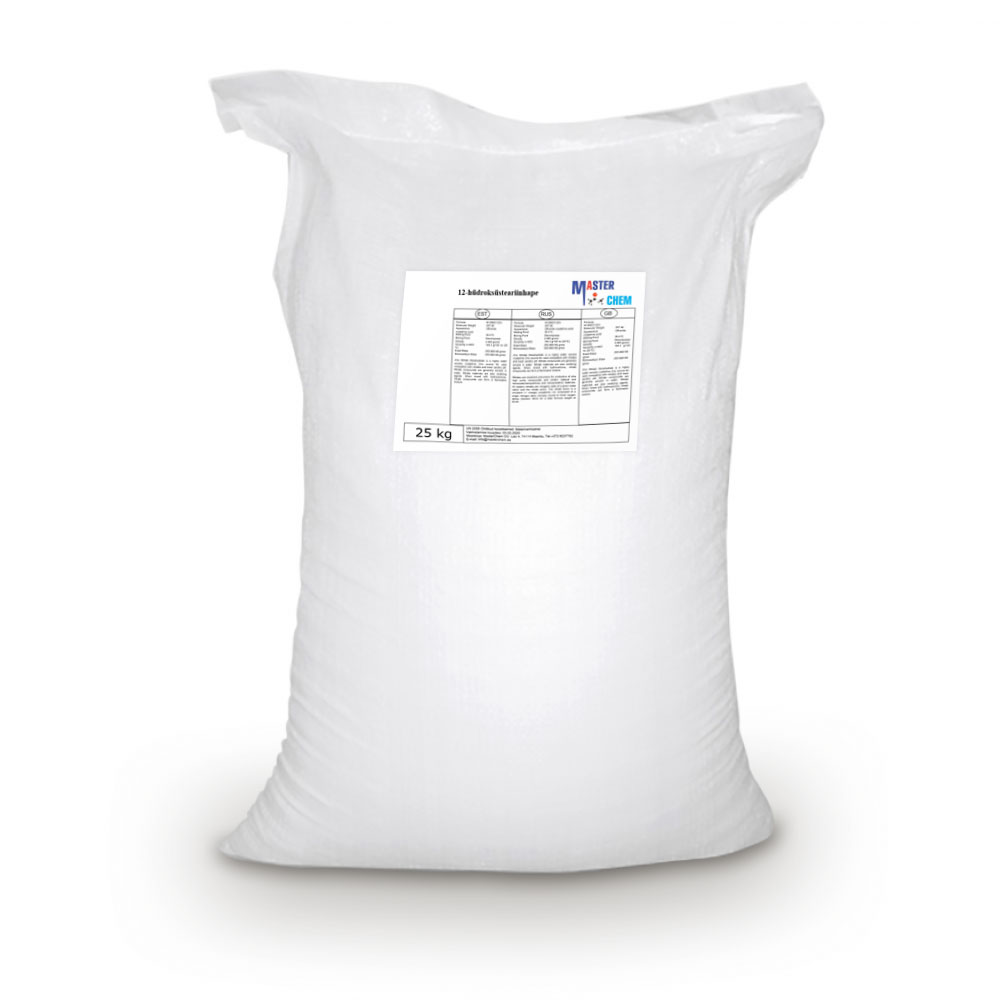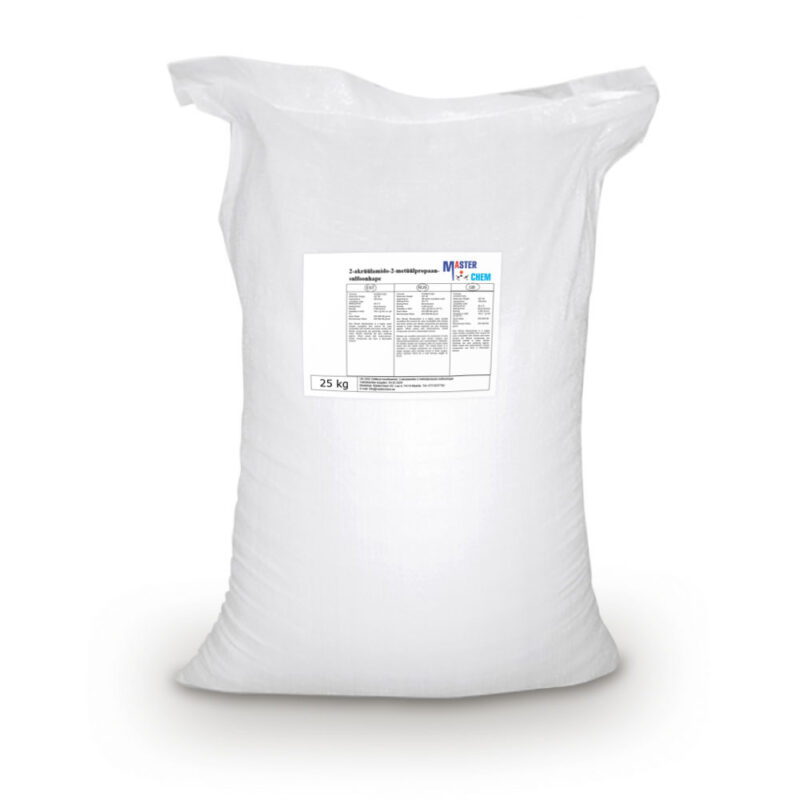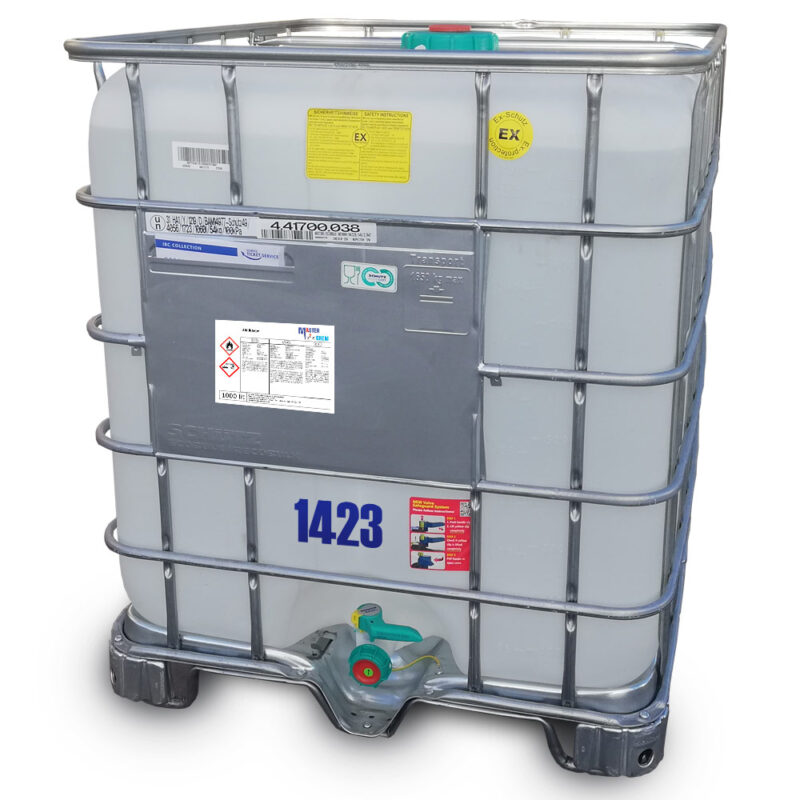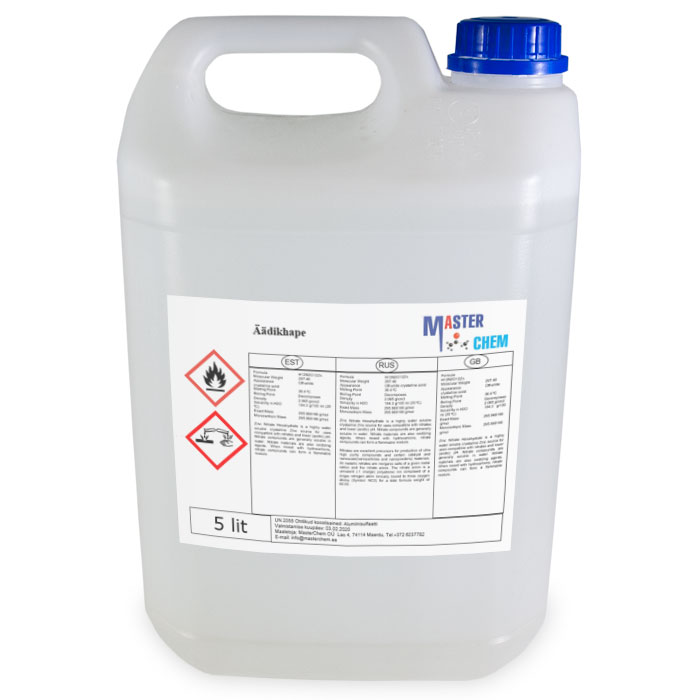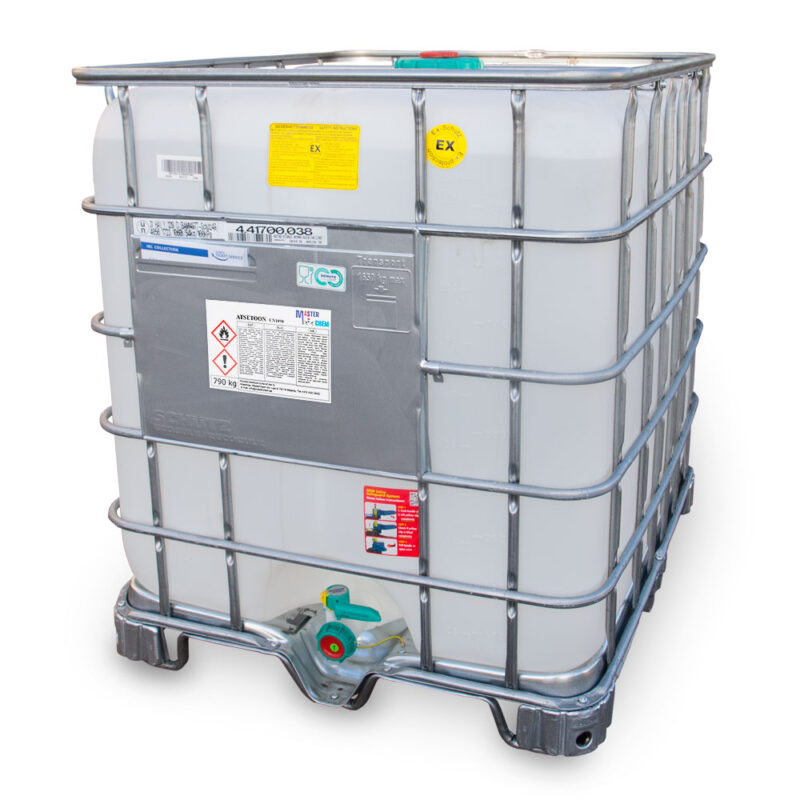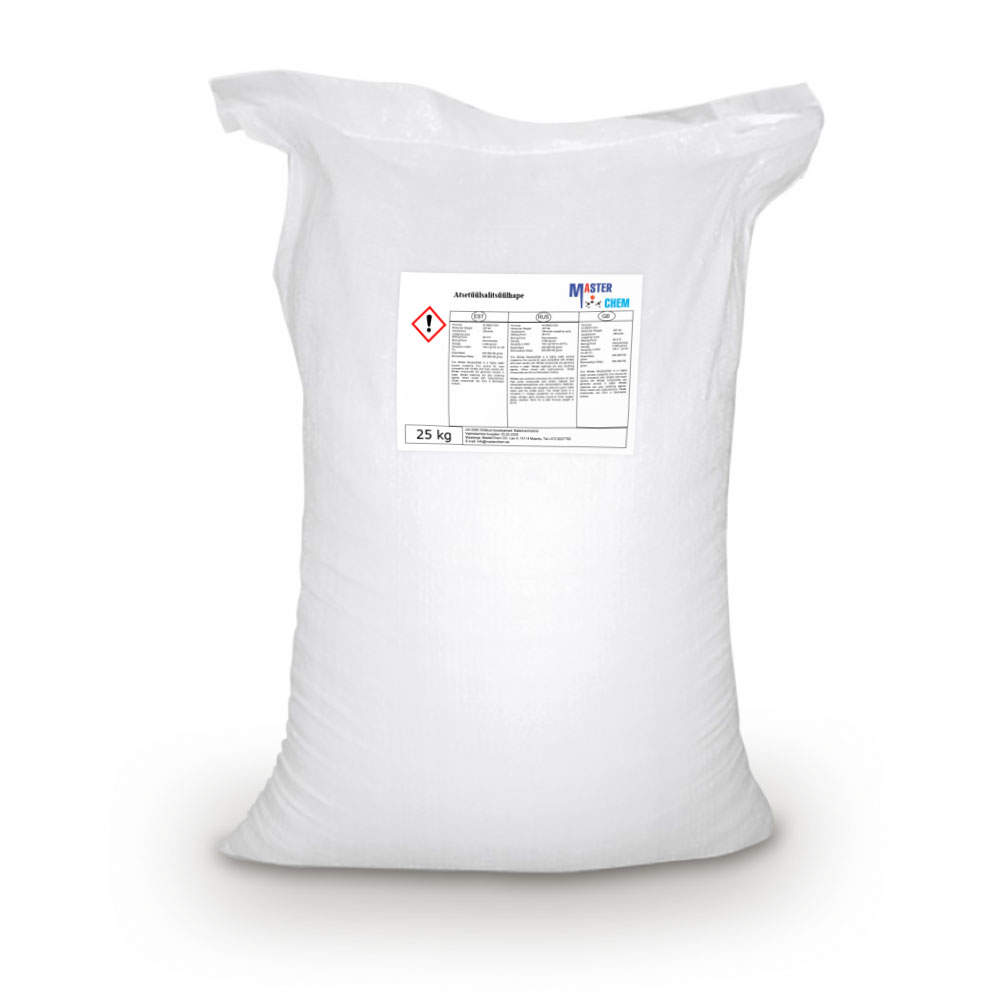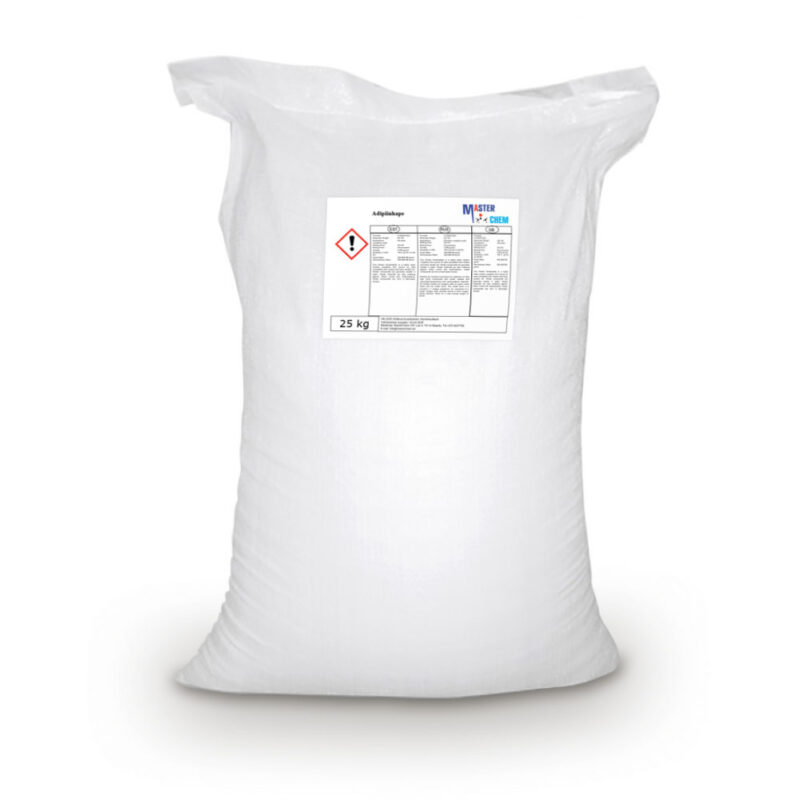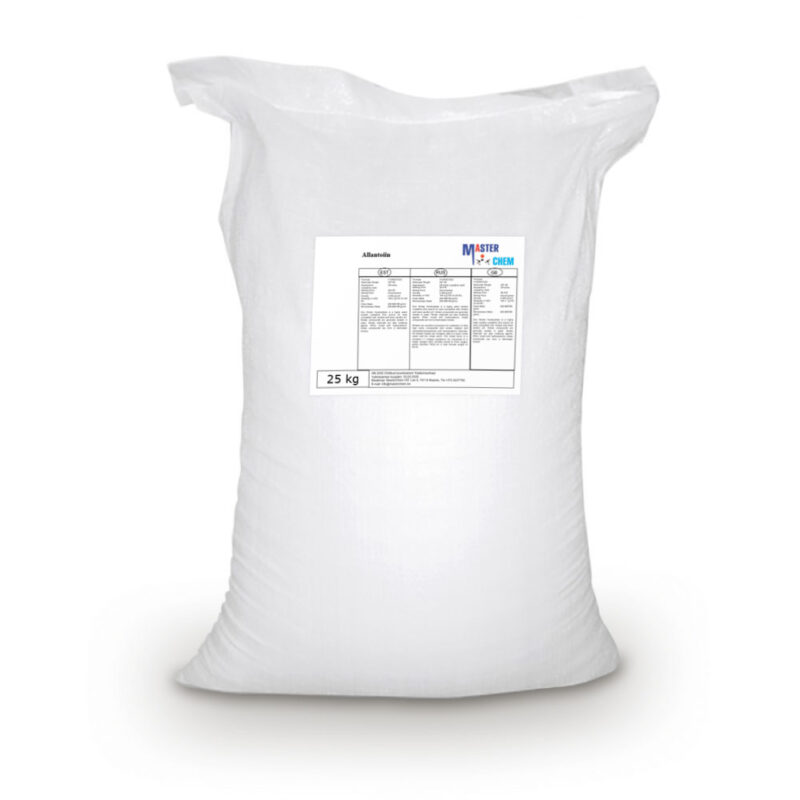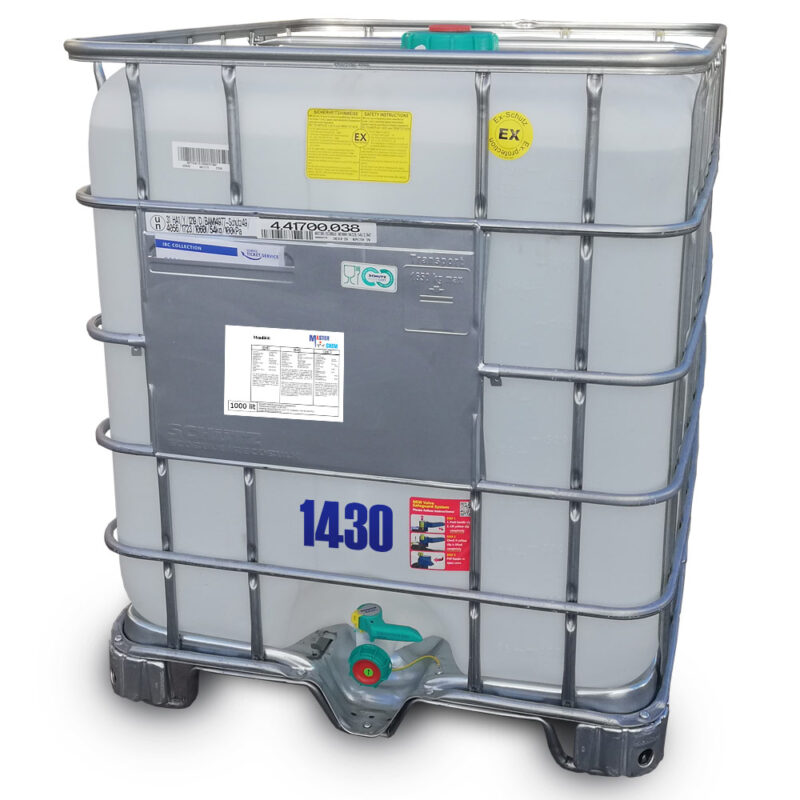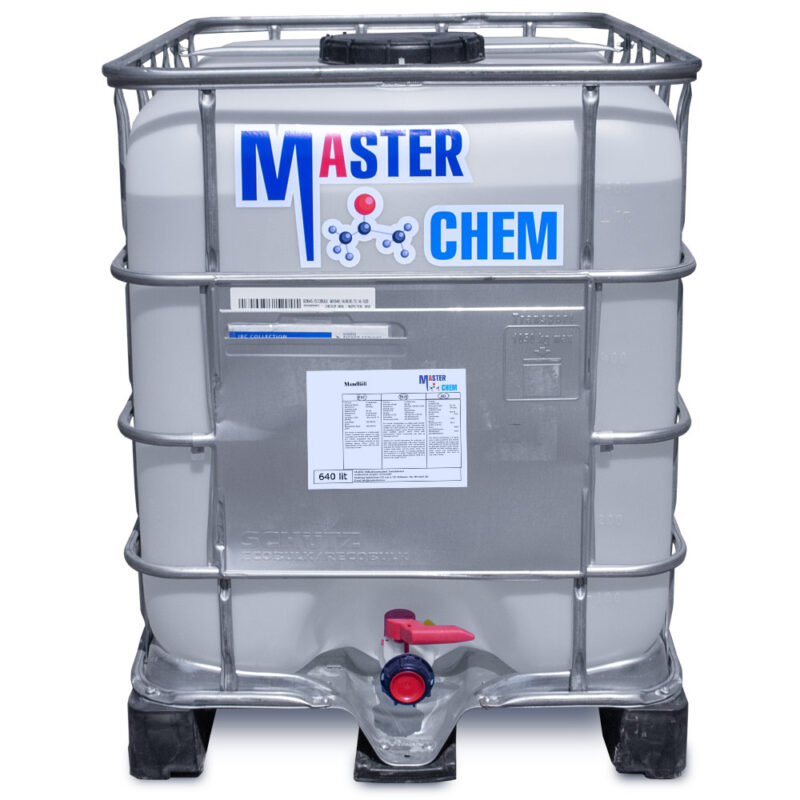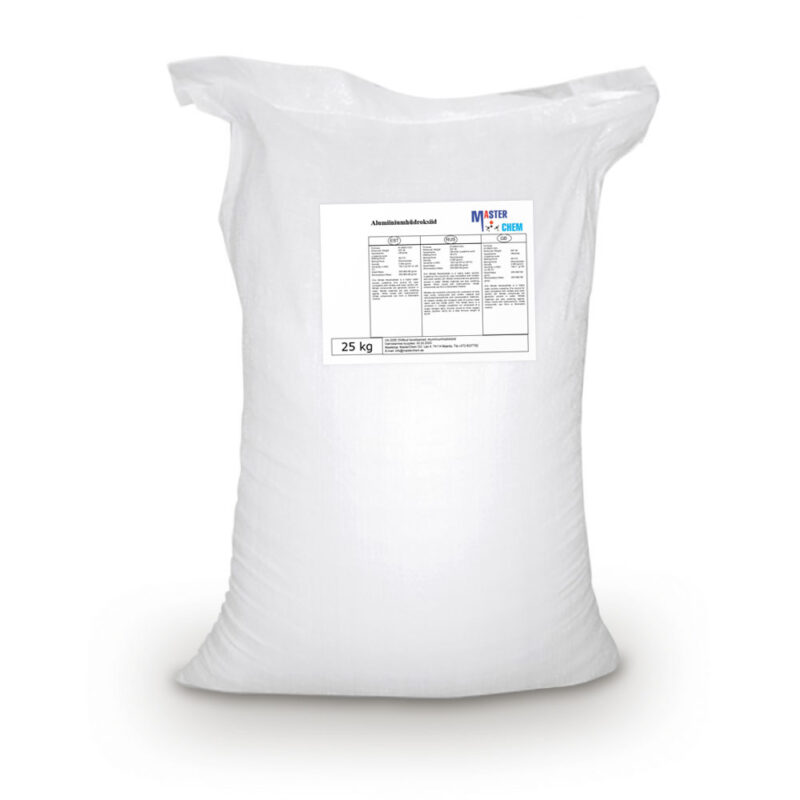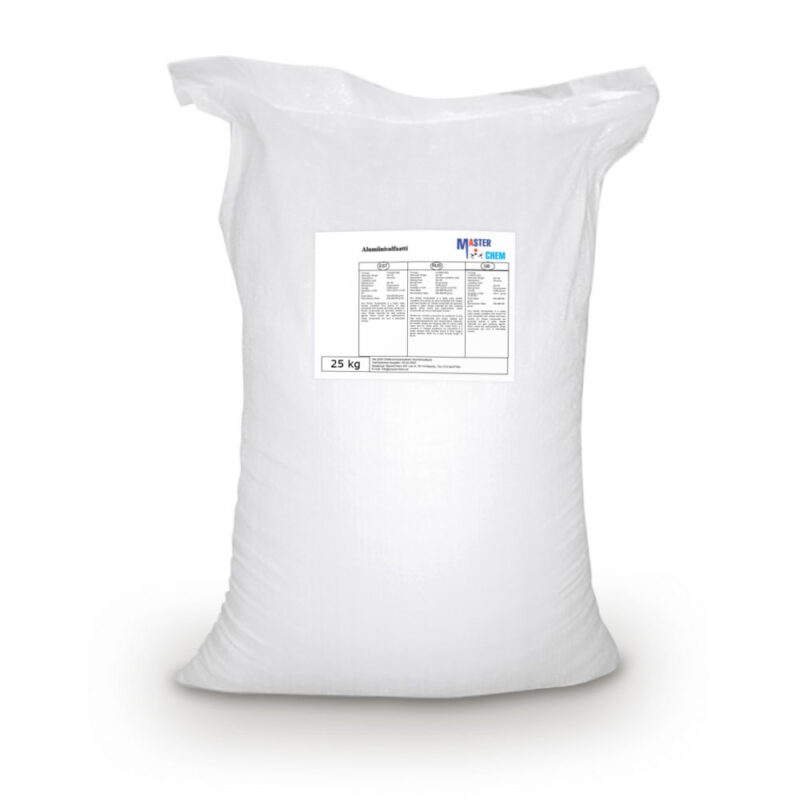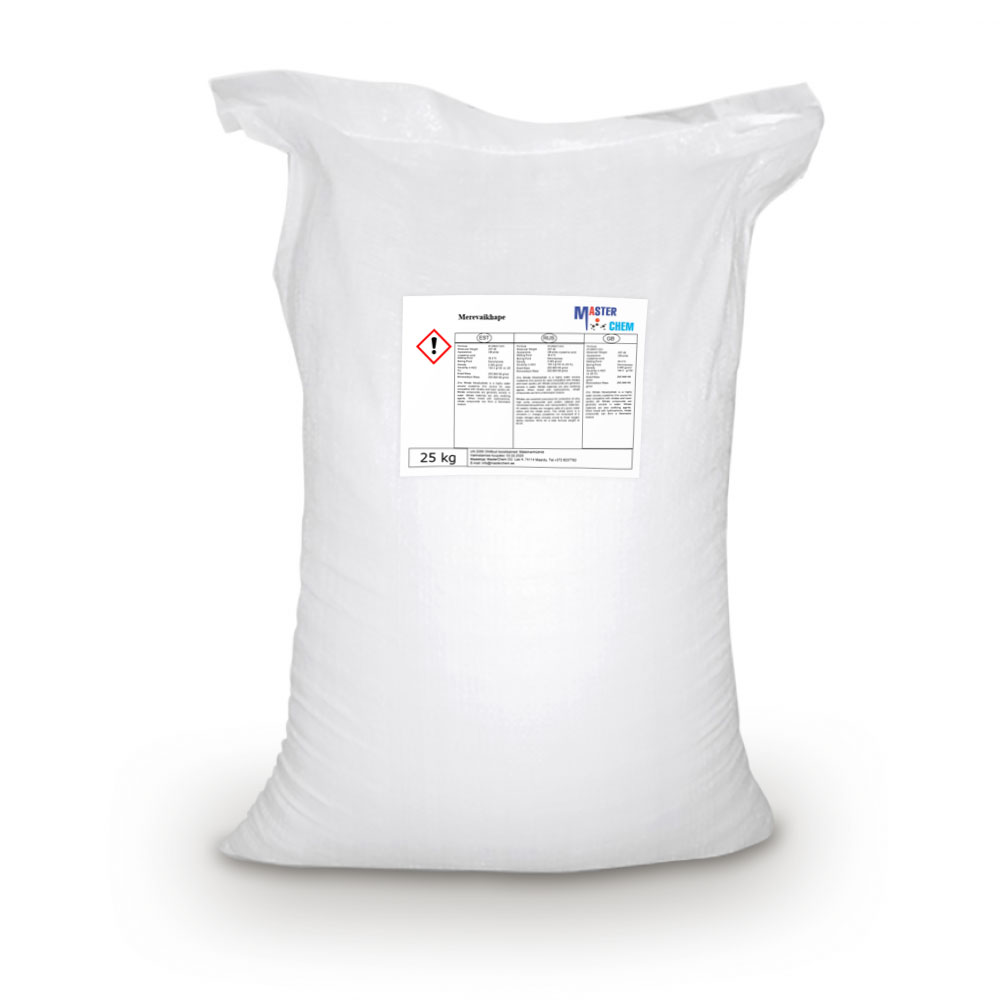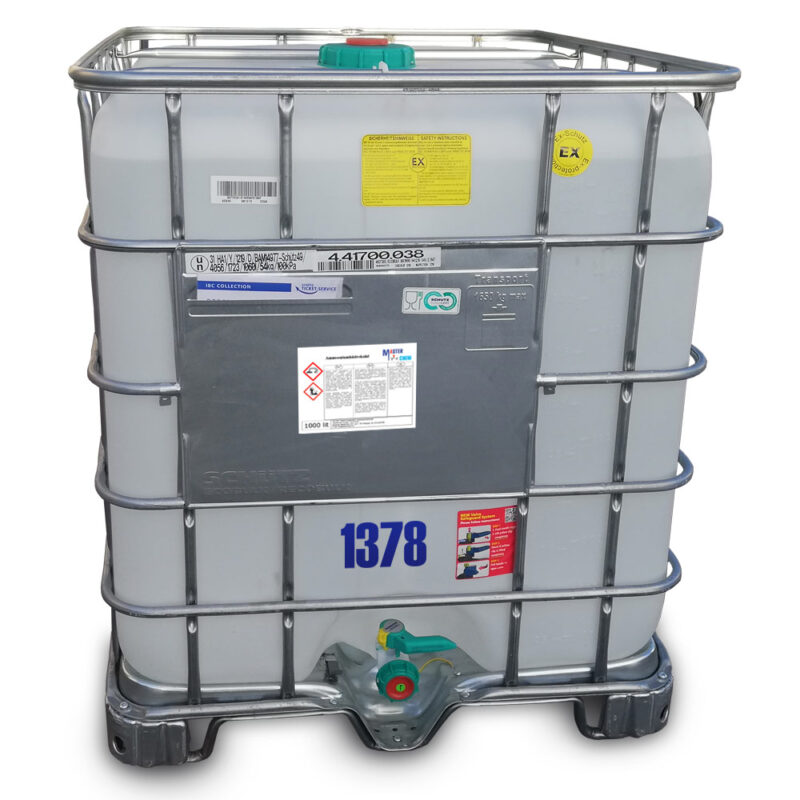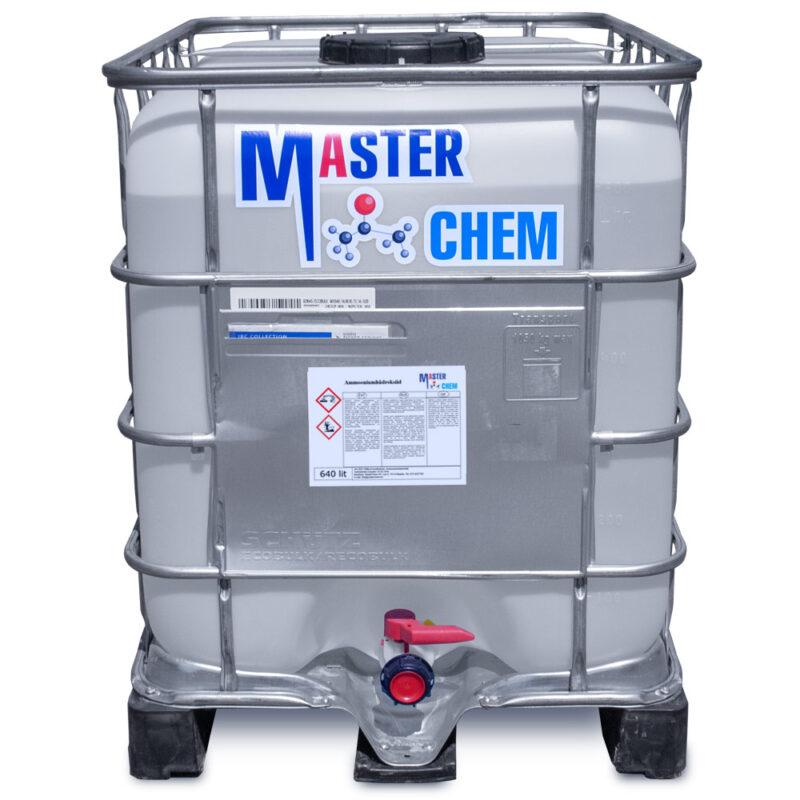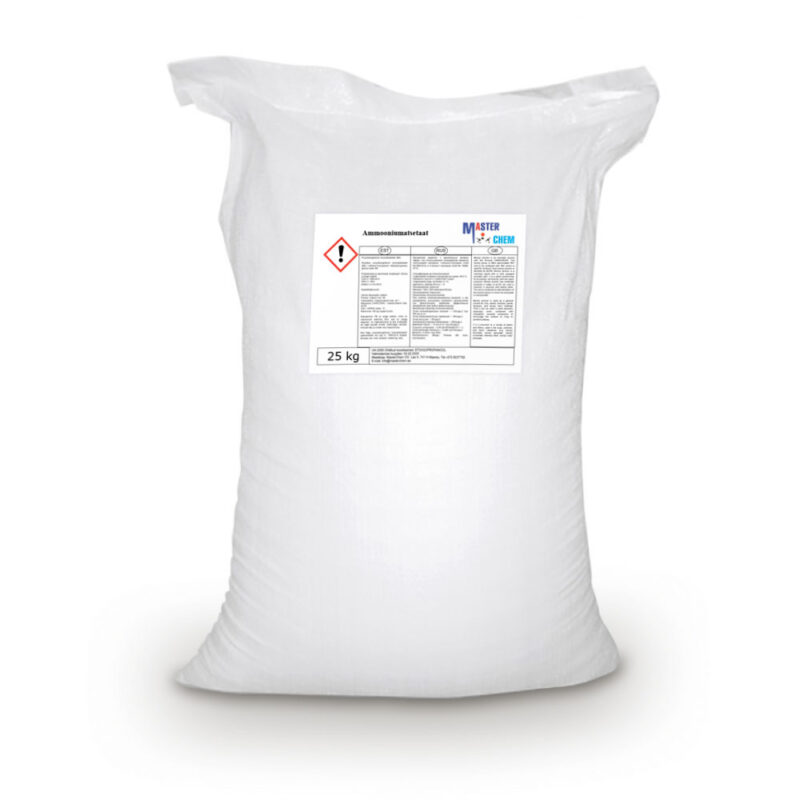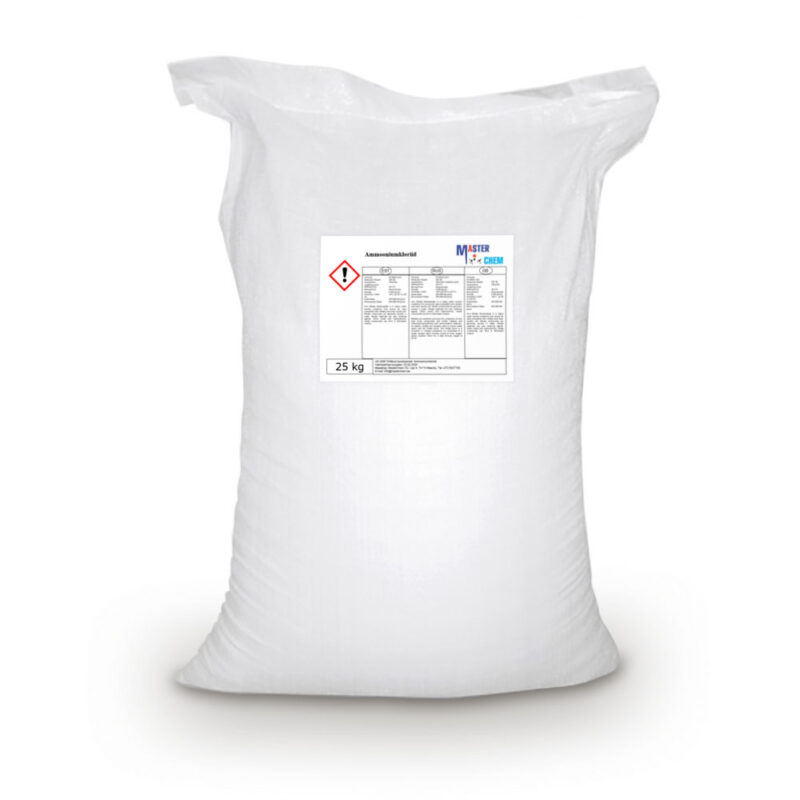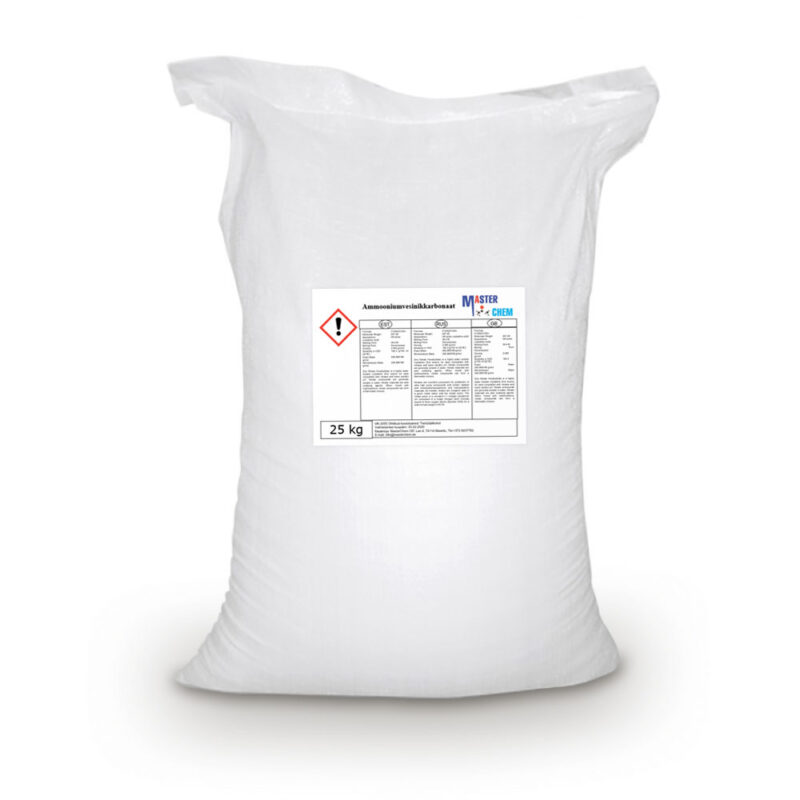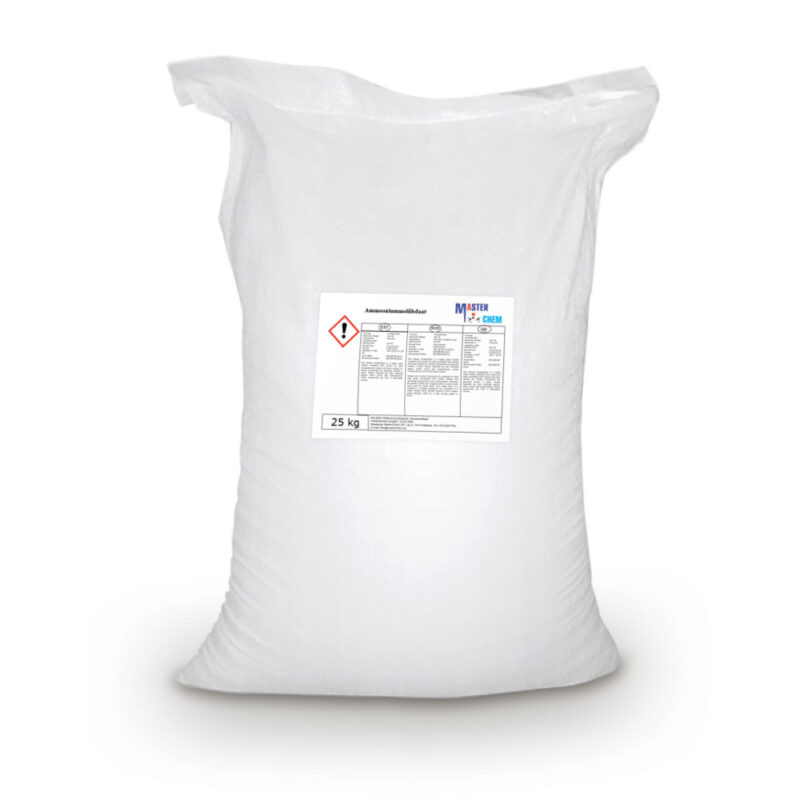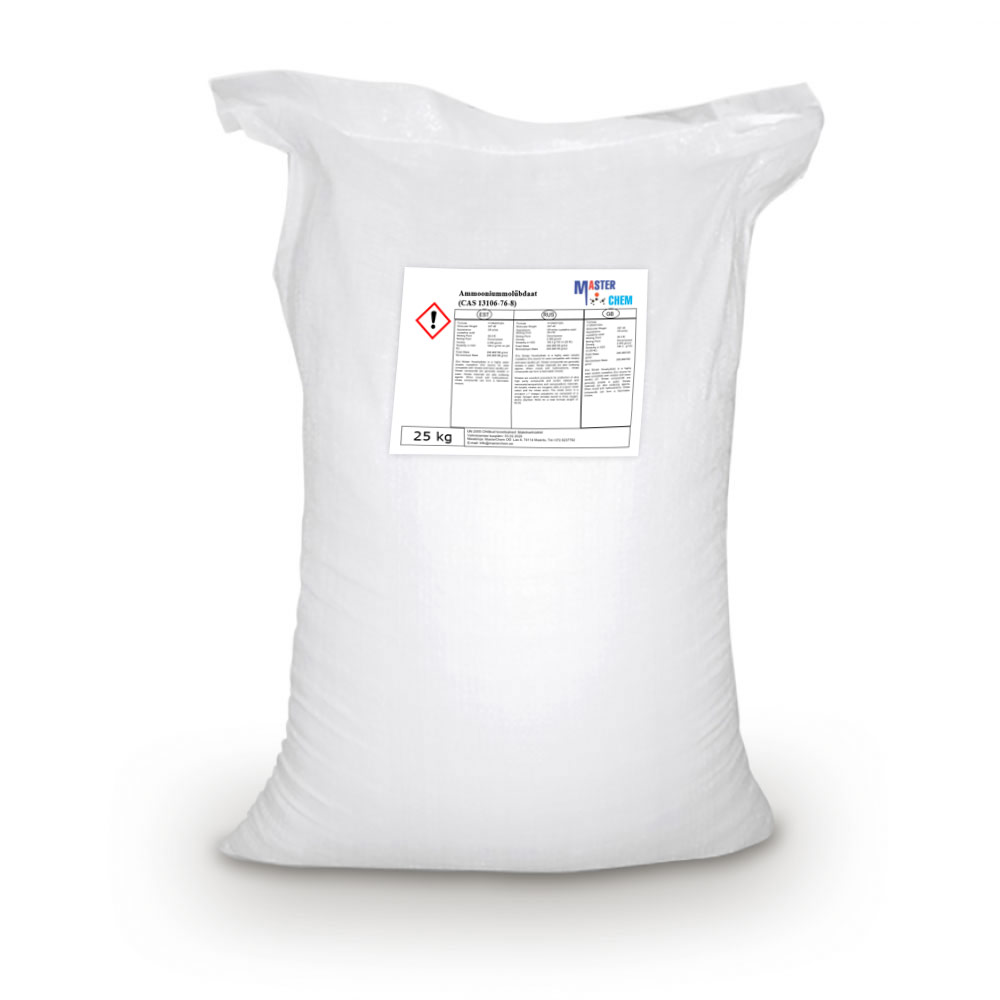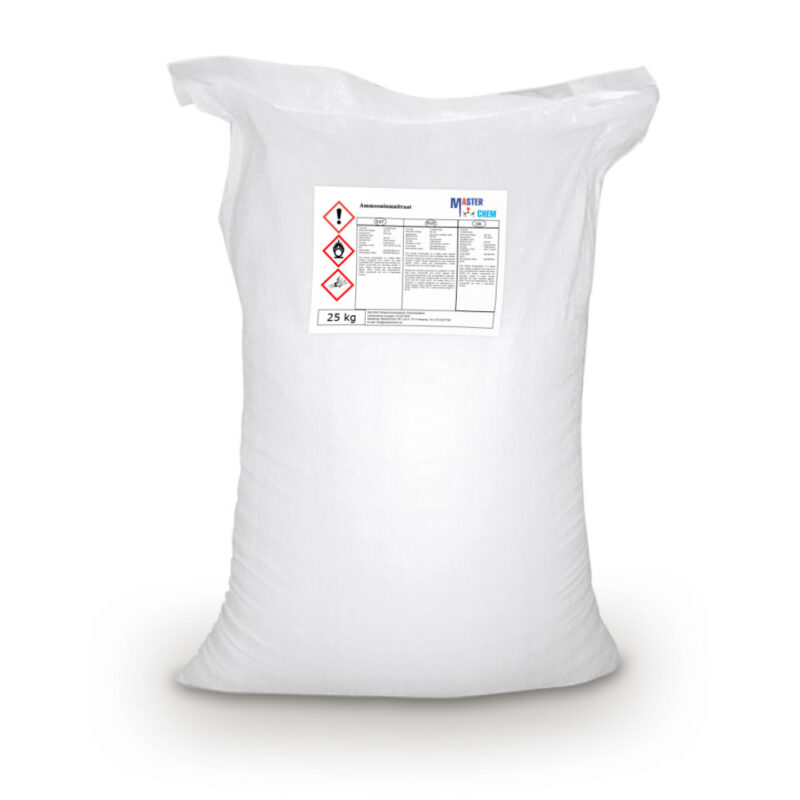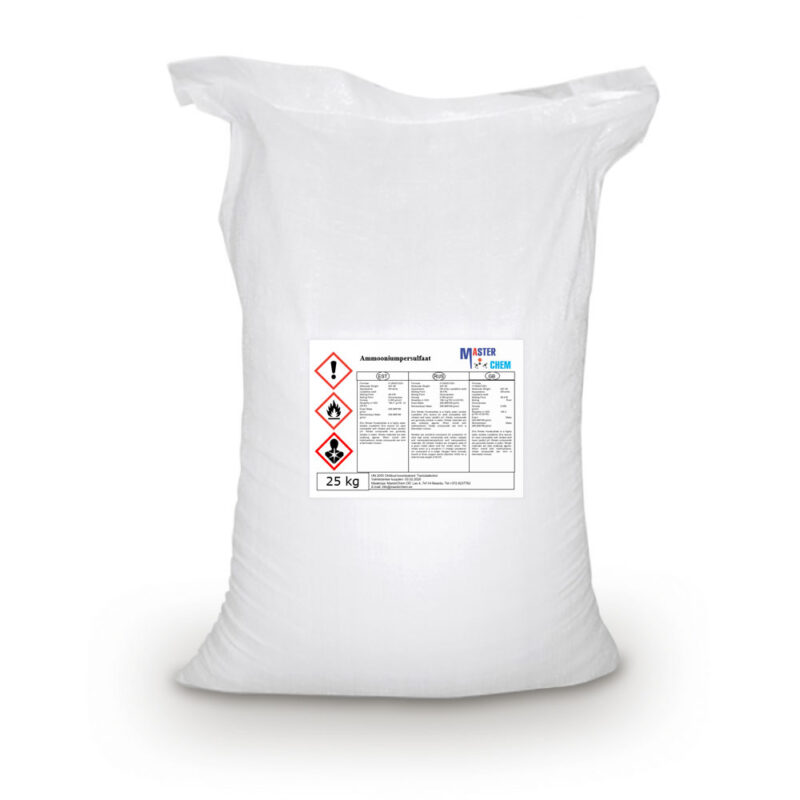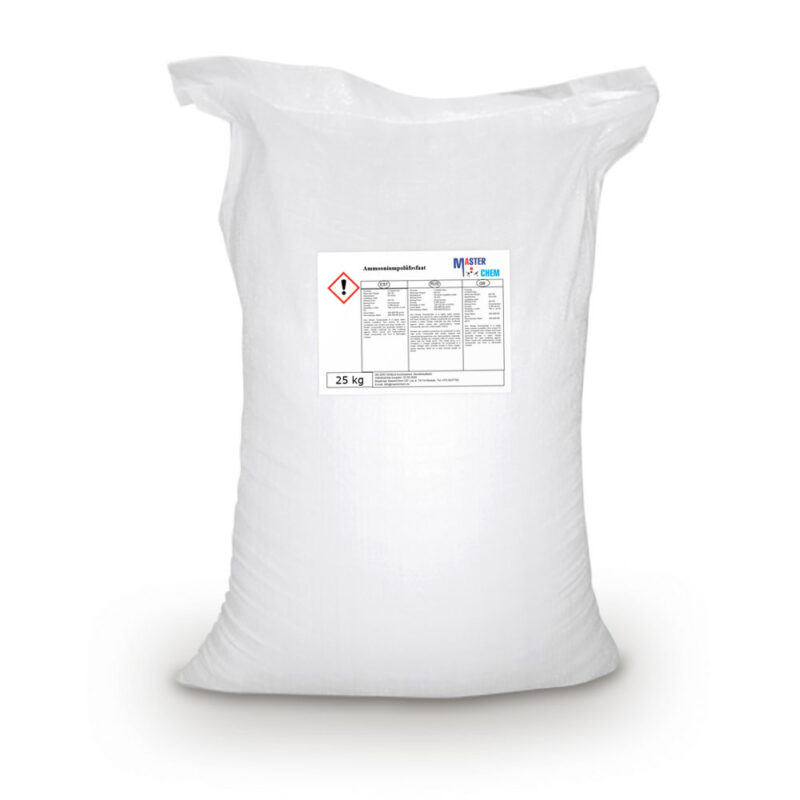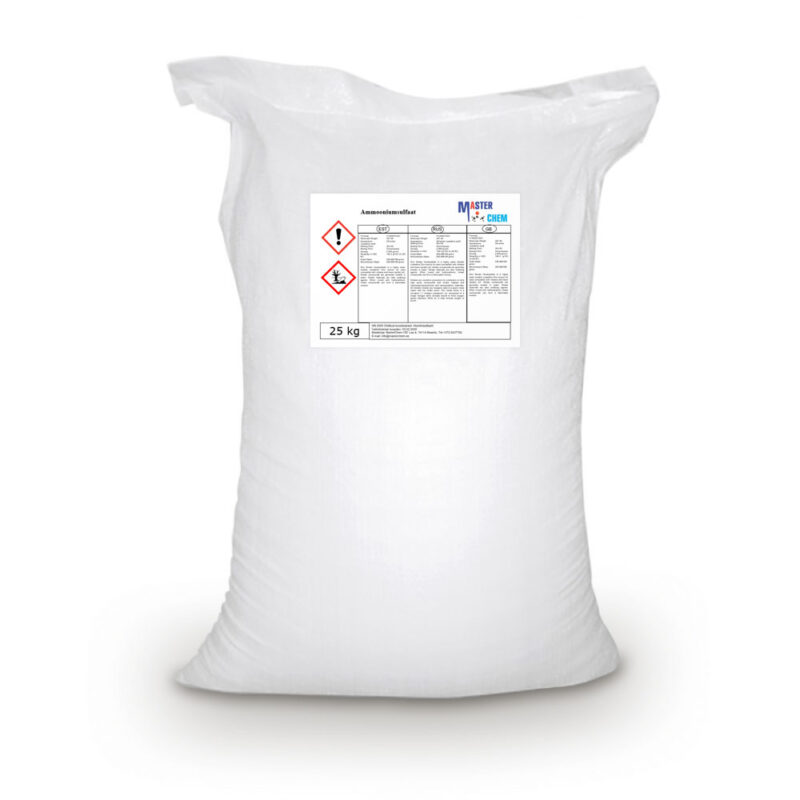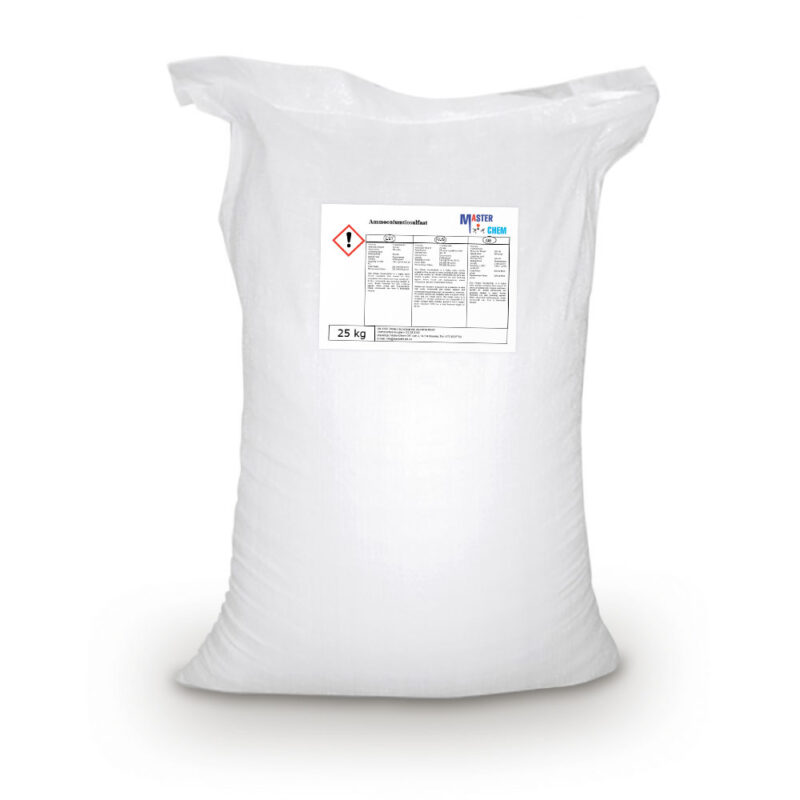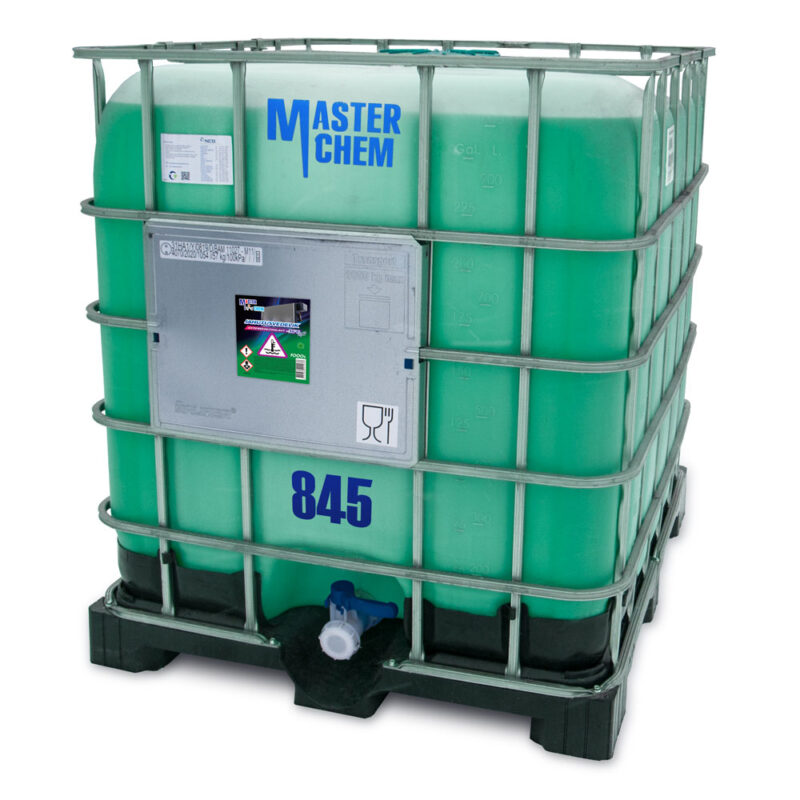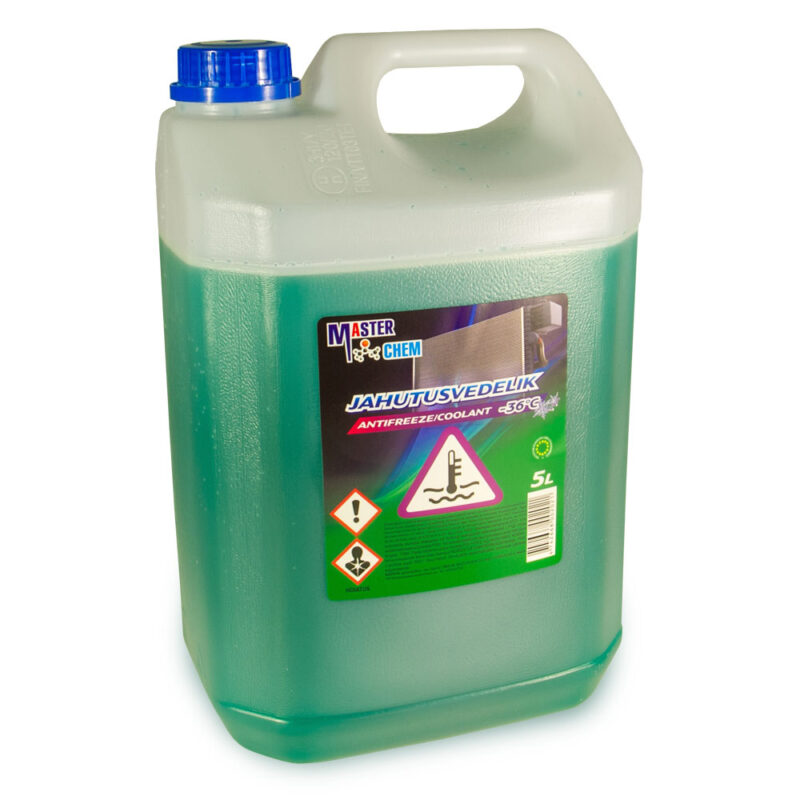1-Methoxy-2-propanol (CAS 107-98-2)
1-Methoxy-2-propanol (CAS 107-98-2)
Other names: 1-methoxy-2-propanol, methoxypropanol, propylene glycol monomethyl ether
Description:
Methoxypropanol is a colorless, water-miscible liquid with a mild alcohol smell and medium volatility. Methoxypropanol mixes well with water and other organic solvents, dissolves many organic substances well, methoxypropanol can act as a substitute for many glycols (E-series).
Methoxypropanol is used as a solvent for printing inks: it provides good solubility for a wide range of resins, including acrylic, epoxy, alkyd, polyester, nitrocellulose and polyurethane.
CAS: 107-98-2
12-Hydroxystearic Acid (CAS 106-14-9)
12-Hydroxystearic Acid (CAS 106-14-9)
12-hydroxy stearic acid is one of many castor oil derivatives sold by Acme-Hardesty. Also known as 12-hydroxystearic acid and 12-HSA, it is used as a thickener for silicon grease, as a rubber activator/accelerator and in the manufacture of certain personal care products, among other applications. Use our product as a sustainable alternative to other emollients and thickeners. For more information about potential applications, please refer to the stearic acid wiki or contact an Acme-Hardesty representative directly.
Product Properties
12-hydroxy stearic acid is sold in flakes and packaged in 25kg bags and supersacks. It is available for purchase in our online store, or by contacting our office directly. Store our 12-hydroxystearic at ambient temperatures for up to two years without worrying about degradation.
2-acrylamido-2-methylpropanesulfonic acid (CAS 15214-89-8)
2-acrylamido-2-methylpropanesulfonic acid (CAS 15214-89-8)
2-Acrylamido-2-methylpropane sulfonic acid (AMPS) was a Trademark name by The Lubrizol Corporation. It is a reactive, hydrophilic, sulfonic acid acrylic monomer used to alter the chemical properties of wide variety of anionic polymers. In the 1970s, the earliest patents using this monomer were filed for acrylic fiber manufacturing. Today, there are over several thousands patents and publications involving use of AMPS in many areas including water treatment, oil field, construction chemicals, hydrogels for medical applications, personal care products, emulsion coatings, adhesives, and rheology modifiers.
Acetic Acid 50% (CAS 64-19-7)
Acetic Acid 50% (CAS 64-19-7)
Acetic acid, systematically named ethanoic acid, is an acidic, colourless liquid and organic compound with the chemical formula CH3COOH (also written as CH3CO2H, C2H4O2, or HC2H3O2). Vinegar is no less than 4% acetic acid by volume, making acetic acid the main component of vinegar apart from water and other trace elements.
Acetic acid is the second simplest carboxylic acid (after formic acid). It is an important chemical reagent and industrial chemical, used primarily in the production of cellulose acetate for photographic film, polyvinyl acetate for wood glue, and synthetic fibres and fabrics. In households, diluted acetic acid is often used in descaling agents. In the food industry, acetic acid is controlled by the food additive code E260 as an acidity regulator and as a condiment. In biochemistry, the acetyl group, derived from acetic acid, is fundamental to all forms of life. When bound to coenzyme A, it is central to the metabolism of carbohydrates and fats.
Acetic acid is a chemical reagent for the production of chemical compounds. The largest single use of acetic acid is in the production of vinyl acetate monomer, closely followed by acetic anhydride and ester production. The volume of acetic acid used in vinegar is comparatively small.
Acetone (CAS 67-64-1)
Other names: Acetone, Dimethyl ketone, Dimethyl carbonyl, β-Ketopropane, Propanone, 2-Propanone, Dimethyl formaldehyde, Pyroacetic spirit (archaic), Ketone propane.
Acetone is miscible with water and serves as an important solvent in its own right, typically for cleaning purposes in laboratories. About 6.7 million tonnes were produced worldwide in 2010, mainly for use as a solvent and production of methyl methacrylate and bisphenol A.
CAS: 67-64-1
Acetylsalicylic Acid (CAS 50-78-2)
Acetylsalicylic Acid (CAS 50-78-2)
Aspirin, also known as acetylsalicylic acid (ASA), is a nonsteroidal anti-inflammatory drug (NSAID) used to reduce pain, fever, and/or inflammation, and as an antithrombotic. Specific inflammatory conditions which aspirin is used to treat include Kawasaki disease, pericarditis, and rheumatic fever.
Aspirin decomposes rapidly in solutions of ammonium acetate or the acetates, carbonates, citrates, or hydroxides of the alkali metals. It is stable in dry air, but gradually hydrolyses in contact with moisture to acetic and salicylic acids. In solution with alkalis, the hydrolysis proceeds rapidly and the clear solutions formed may consist entirely of acetate and salicylate.
Adypin Acid (CAS 124-04-9)
Adypin Acid (CAS 124-04-9)
Adipic acid or hexanedioic acid is the organic compound with the formula (CH2)4(COOH)2. From an industrial perspective, it is the most important dicarboxylic acid: about 2.5 billion kilograms of this white crystalline powder are produced annually, mainly as a precursor for the production of nylon. Adipic acid otherwise rarely occurs in nature, but it is known as manufactured E number food additive E355.
Allantoin (CAS 97-59-6)
Allantoin (CAS 97-59-6)
Allantoin is a chemical compound with formula C4H6N4O3. It is also called 5-ureidohydantoin or glyoxyldiureide. It is a diureide of glyoxylic acid. Allantoin is a major metabolic intermediate in most organisms including animals, plants and bacteria. It is produced from uric acid, which itself is a degradation product of nucleic acids, by action of urate oxidase (uricase).
Allantoin is present in botanical extracts of the comfrey plant and in the urine of most mammals. Chemically synthesized bulk allantoin, which is chemically equivalent to natural allantoin, is safe, non-toxic, compatible with cosmetic raw materials and meets CTFA and JSCI requirements. Over 10,000 patents reference allantoin.
Almond oil (CAS 8007-69-0)
Almond oil (CAS 8007-69-0)
lmond Oil is the oil of the bitter almond after the removal of hydro- cyanic acid. it is a colorless to slightly yellow liquid having a strong principally almond-like aroma. it is used mainly in the pharmaceu- tical and cosmetic industry and also as a food flavoring agent. Sweet almond oil is an emollient with soothing properties.
Almond oil is used therapeutically as an emollientand to soften ear wax. As a pharmaceutical excipient it is employed as a vehicle in parenteral preparations, such as oily phenol injection. It is also used in nasal spray, and topical preparations.Almond oil is also consumed as a food substance.
Aluminium hydroxide (CAS 21645-51-2)
Aluminium hydroxide (CAS 21645-51-2)
Aluminium hydroxide, Al(OH)3, is found in nature as the mineral gibbsite (also known as hydrargillite) and its three much rarer polymorphs: bayerite, doyleite, and nordstrandite. Aluminium hydroxide is amphoteric, i.e., it has both basic and acidic properties. Closely related are aluminium oxide hydroxide, AlO(OH), and aluminium oxide or alumina (Al2O3), the latter of which is also amphoteric. These compounds together are the major components of the aluminium ore bauxite.
Aluminium sulfate (CAS 10043-01-3)
Aluminium sulfate (CAS 10043-01-3)
Aluminium sulfate is a chemical compound with the formula Al2(SO4)3. It is soluble in water and is mainly used as a coagulating agent (promoting particle collision by neutralizing charge) in the purification of drinking water and wastewater treatment plants, and also in paper manufacturing.
It is sometimes used in the human food industry as a firming agent, where it takes on E number E520, and in animal feed as a bactericide. In the USA, the FDA lists it as “generally recognized as safe” with no limit on concentration. Aluminum sulfate may be used as a deodorant, an astringent, or as a styptic for superficial shaving wounds.
Amber Acid (CAS 110-15-6)
Amber Acid (CAS 110-15-6)
Succinic acid (/səkˈsɪnɪk/) is a dicarboxylic acid with the chemical formula (CH2)2(CO2H)2. In living organisms, succinic acid takes the form of an anion, succinate, which has multiple biological roles as a metabolic intermediate being converted into fumarate by the enzyme succinate dehydrogenase in complex 2 of the electron transport chain which is involved in making ATP, and as a signaling molecule reflecting the cellular metabolic state.
Succinate is generated in mitochondria via the tricarboxylic acid cycle (TCA). Succinate can exit the mitochondrial matrix and function in the cytoplasm as well as the extracellular space, changing gene expression patterns, modulating epigenetic landscape or demonstrating hormone-like signaling. As such, succinate links cellular metabolism, especially ATP formation, to the regulation of cellular function.
Dysregulation of succinate synthesis, and therefore ATP synthesis, happens in some genetic mitochondrial diseases, such as Leigh syndrome, and Melas syndrome, and degradation can lead to pathological conditions, such as malignant transformation, inflammation and tissue injury.
Succinic acid is marketed as food additive E363. The name derives from Latin succinum, meaning amber.
Ammonia solution (CAS 1336-21-6)
Ammonia solution (CAS 1336-21-6)
Ammonia solution, also known as ammonia water, ammonium hydroxide, ammoniacal liquor, ammonia liquor, aqua ammonia, aqueous ammonia, or (inaccurately) ammonia, is a solution of ammonia in water. It can be denoted by the symbols NH3(aq). Although the name ammonium hydroxide suggests an alkali with composition [NH4+][OH−], it is actually impossible to isolate samples of NH4OH. The ions NH4+ and OH− do not account for a significant fraction of the total amount of ammonia except in extremely dilute solutions.
Diluted (1–3%) ammonia is also an ingredient of numerous cleaning agents, including many window cleaning formulas. Because aqueous ammonia is a gas dissolved in water, as the water evaporates from a window, the gas evaporates also, leaving the window streak-free.
In addition to use as an ingredient in cleansers with other cleansing ingredients, ammonia in water is also sold as a cleaning agent by itself, usually labeled as simply “ammonia”. It may be sold plain, lemon-scented (and typically colored yellow), or pine-scented (green). Commonly available ammonia with soap added is known as “cloudy ammonia”.
Ammonium acetate (CAS 631-61-8)
Ammonium acetate (CAS 631-61-8)
Ammonium acetate, also known as spirit of Mindererus in aqueous solution, is a chemical compound with the formula NH4CH3CO2. It is a white, hygroscopic solid and can be derived from the reaction of ammonia and acetic acid. It is available commercially.
Ammonium acetate is also used as a food additive as an acidity regulator; INS number 264. It is approved for usage in Australia and New Zealand.
Ammonium chloride (CAS 12125-02-9)
Ammonium chloride (CAS 12125-02-9)
Ammonium chloride is an inorganic compound with the formula NH4Cl and a white crystalline salt that is highly soluble in water. Solutions of ammonium chloride are mildly acidic. Sal ammoniac is a name of the natural, mineralogical form of ammonium chloride. The mineral is commonly formed on burning coal dumps from condensation of coal-derived gases. It is also found around some types of volcanic vents. It is mainly used as fertilizer and a flavouring agent in some types of liquorice. It is the product from the reaction of hydrochloric acid and ammonia.
Ammonium hydrocarbonate (CAS 1066-33-7)
Ammonium hydrocarbonate (CAS 1066-33-7)
Ammonium bicarbonate is an inorganic compound with formula (NH4)HCO3. The compound has many names, reflecting its long history. Chemically speaking, it is the bicarbonate salt of the ammonium ion. It is a colourless solid that degrades readily to carbon dioxide, water and ammonia.
Ammonium molybdate (CAS 12054-85-2)
Ammonium molybdate (CAS 12054-85-2)
Ammonium molybdate tetrahydrate (also referred to as Ammonium heptamolybdate, chemical formula: (NH4)6Mo7O24)), appearing as a colorless solid. It can be manufactured through dissolving the molybdenum trioxide in excess amount of aqueous ammonia and evaporating the solution at the room temperature. It has many applications, e.g. as an analytic reagent for measuring content of phosphates, silicates, arsenates and lead; for the production of molybdenum metal and ceramics; for the production of dehydrogenation and desulphurization catalysts; for the fixing of metals; for electroplating; supplement in the crop fertilizer; as a negative stain in biological electron microscopy; as an analgesic in medical fields.
Ammonium molybdate (CAS 13106-76-8)
Ammonium molybdate tetrahydrate (AMT) is a molybdenum salt. Study of its extraction from nickel-molybdenum (Ni–Mo) ore by direct hydrometallurgical method has been reported. Its degradation by combustion to form elemental molybdenum powder using metallic reducers has been investigated.
Ammonium nitrate (CAS 6484-52-2)
Ammonium nitrate (CAS 6484-52-2)
Ammonium nitrate is a chemical compound with the chemical formula NH4NO3. It is a white crystalline solid consisting of ions of ammonium and nitrate. It is highly soluble in water and hygroscopic as a solid, although it does not form hydrates. It is predominantly used in agriculture as a high-nitrogen fertilizer.
Applications
Ammonium nitrate is an important fertilizer with NPK rating 34-0-0 (34% nitrogen). It is less concentrated than urea (46-0-0), giving ammonium nitrate a slight transportation disadvantage. Ammonium nitrate’s advantage over urea is that it is more stable and does not rapidly lose nitrogen to the atmosphere.
Ammonium persulfate (CAS 7727-54-0)
Ammonium persulfate (CAS 7727-54-0)
Ammonium persulfate (APS) is the inorganic compound with the formula (NH4)2S2O8. It is a colourless (white) salt that is highly soluble in water, much more so than the related potassium salt. It is a strong oxidizing agent that is used in polymer chemistry, as an etchant, and as a cleaning and bleaching agent.
The dissolution of the salt in water is an endothermic process. As an oxidizing agent and a source of radicals, APS finds many commercial applications.
Salts of sulfate are mainly used as radical initiators in the polymerization of certain alkenes. Commercially important polymers prepared using persulfates include styrene-butadiene rubber and polytetrafluoroethylene.
Ammonium persulfate is a standard ingredient in hair bleach. Persulfates are used as oxidants in organic chemistry. For example, in the Minisci reaction.
Ammonium polyphosphate (CAS 68333-79-9)
Ammonium polyphosphate (CAS 68333-79-9)
Ammonium polyphosphate is an inorganic salt of polyphosphoric acid and ammonia containing both chains and possibly branching. Its chemical formula is [NH4 PO3]n(OH)2 showing that each monomer consists of an orthophosphate radical of a phosphorus atom with three oxygens and one negative charge neutralized by an ammonium cation leaving two bonds free to polymerize. In the branched cases some monomers are missing the ammonium anion and instead link to three other monomers.
Ammonium sulphate (CAS 7783-20-2)
Ammonium sulfate (CAS 7783-20-2)
Ammonium sulfate (American English and international scientific usage; ammonium sulphate in British English); (NH4)2SO4, is an inorganic salt with a number of commercial uses. The most common use is as a soil fertilizer. It contains 21% nitrogen and 24% sulfur.
The primary use of ammonium sulfate is as a fertilizer for alkaline soils. In the soil the ammonium ion is released and forms a small amount of acid, lowering the pH balance of the soil, while contributing essential nitrogen for plant growth. The main disadvantage to the use of ammonium sulfate is its low nitrogen content relative to ammonium nitrate, which elevates transportation costs.
It is also used as an agricultural spray adjuvant for water-soluble insecticides, herbicides, and fungicides. There, it functions to bind iron and calcium cations that are present in both well water and plant cells. It is particularly effective as an adjuvant for 2,4-D (amine), glyphosate, and glufosinate herbicides.
Ammonium thiosulphate (CAS 7783-18-8)
Ammonium thiosulphate (CAS 7783-18-8)
Ammonium thiosulfate (ammonium thiosulphate in British English) is an inorganic compound with the formula (NH4)2S2O3. It is white crystalline solid with ammonia odor, readily soluble in water, slightly soluble in acetone and insoluble in ethanol and diethyl ether.
Ammonium thiosulfate can be used as a fertilizer. As suggested by some research studies, it can also be used as an additive to coal-waste mixtures to reduce formation of dioxins and furans during combustion.
Antifreeze -36°C Green
Ready-to-use ethylene glycol-based coolant for all gasoline and diesel engine cooling systems. Also suitable as a working fluid for heat exchangers at low and medium temperatures. Ensures proper engine operation, frost and corrosion protection. Freezing temperature up to -36 ° C. Service life in cooling system 2-3 years. Exceeds most European and international standards, including: ASTM В3306, BS 6580 (1992), AFNOR NF R15-601, SAE J1034.
Antifreeze Specification (TDS)
- Ethylene glycol 35%
- Ethylene glycol 40%
- Ethylene glycol 50%
- Ethylene glycol 100%

